Egypt Under the direction of many pharaohs, the canal connecting the Nile River with the Red Sea was born and existed until the 8th century.
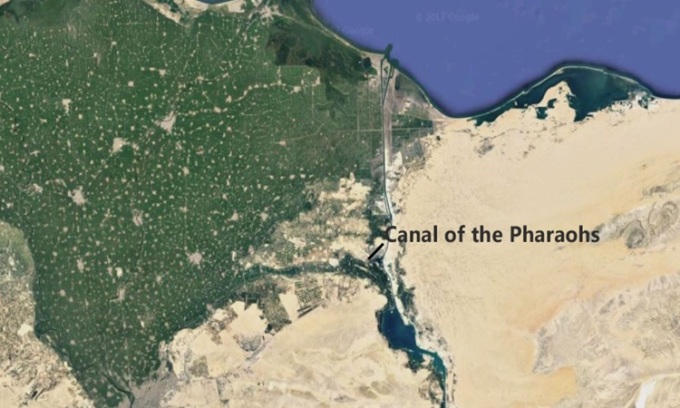
Location of the pharaohs' canal. Photo: World Maps Online
The Suez Canal may be a modern engineering marvel, but navigable waterways have been dug since ancient times, even across the deserts of North Africa. The Suez Canal is the most recent of many man-made waterways that run through Egypt. Digged under the direction of Egyptian pharaohs at various times, it connects the Red Sea to the Nile, rather than the Mediterranean as is the case today, according to Amusing Planet .
According to Aristotle, the first attempt to build a canal between the Red Sea and the Nile came from the legendary Egyptian pharaoh Sesostris. Aristotle also recorded that the canal was stopped when the pharaoh discovered that the sea level was higher than the land. He feared that connecting the Nile with the Red Sea would cause saltwater to flow back into the river, destroying Egypt's most important water source.
According to the Greek historians Strabo and Diodorus Siculus, after Sesostris, work on the canal continued under Necho II in the late 6th century BC, but he did not live to see the canal completed. Necho II was then succeeded by Darius the Great. However, like Sesostris, he stopped construction near the Red Sea after hearing that the Red Sea was higher and would flood the land if the canal was built. Finally, Ptolemy II completed the canal connecting the Nile and the Red Sea. According to Strabo, the canal was nearly 50 meters wide and deep enough to accommodate large ships. Construction began at the village of Phacusa, crossed the Bitter Lake, and emptied into the Persian Gulf near the city of Cleopatris.
However, according to the historian Herodotus, the canal was completed by Darius and was wide enough to allow two triremes to sail in opposite directions. Before Darius, a natural waterway existed between the Bitter Lake and the Red Sea, but it was blocked by silt. Darius mobilized a huge army of slaves to clear the silt and make the waterway navigable again. He was so pleased with the results that he had them engraved into pink granite rock describing his achievement.
In the late 19th century, researchers discovered a stele called the "Pitom Stone", providing evidence that Ptolemy built a lock with sluice gates in the Red Sea's Heroopolite Bay, allowing ships to pass through while preventing salt water from the Red Sea from mixing with fresh water in the canal.
The canal survived into the 8th century until it was blocked by the Abbasid Caliph al-Mansur in 767 to prevent enemies and rebels from using it to transport troops and supplies from Egypt to Arabia. Due to lack of maintenance, the canal gradually narrowed and disappeared into the desert.
The canal was rediscovered by Napoleon in 1798 during a French campaign in Egypt and Syria. Napoleon was motivated to find the canal because if it could be rebuilt, it would give France a monopoly on trade with India. With this in mind, Napoleon ordered civil engineer Jacques-Marie Le Pére to survey the Isthmus of Suez while searching for traces of the ancient canal.
Le Pére and his colleagues eventually traced the route of the "Pharaohs' Canal" from the Red Sea to the Nile. Later, when Napoleon became emperor, he asked his chief engineer to find a way to reopen the canal, but like the pharaohs 2,000 years earlier, he informed Napoleon that the Red Sea was higher than the Mediterranean, and locks would need to be built to prevent the disastrous backflow of water. It was not until 50 years later, in 1859, that construction of the Suez Canal began.
An Khang (According to Amusing Planet )
Source link
























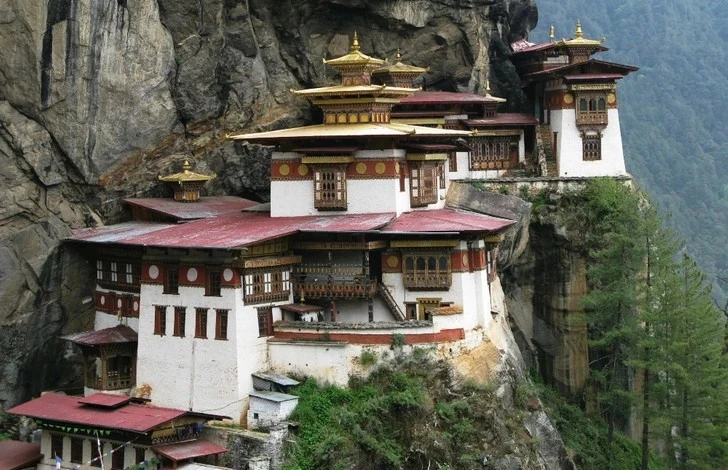

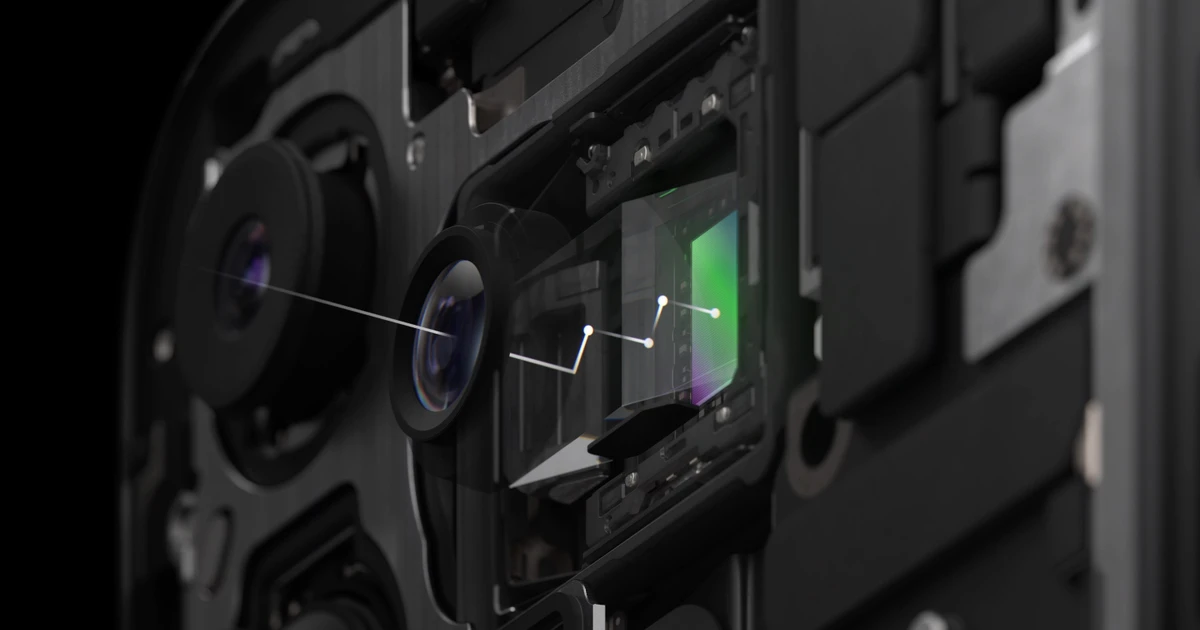







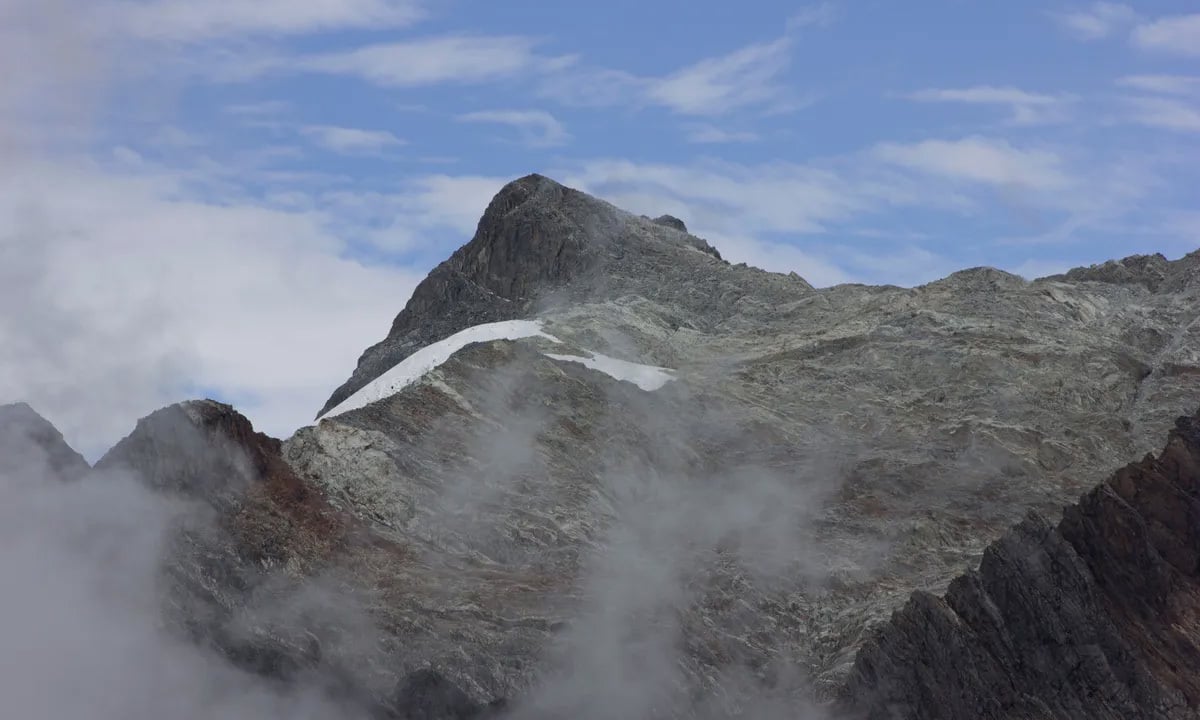
![[Photo] President Luong Cuong attends special political-artistic television show "Golden Opportunity"](https://vstatic.vietnam.vn/vietnam/resource/IMAGE/2025/8/22/44ca13c28fa7476796f9aa3618ff74c4)



































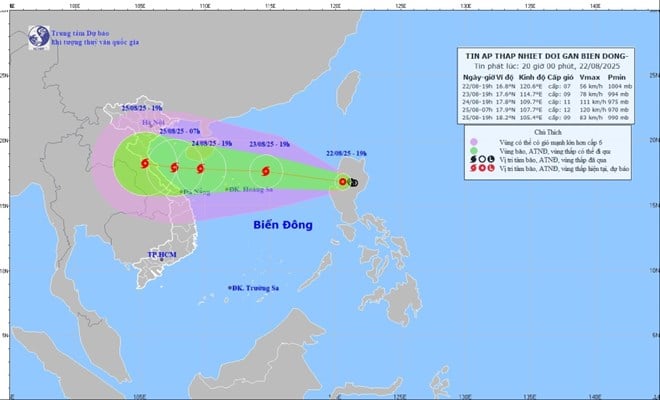












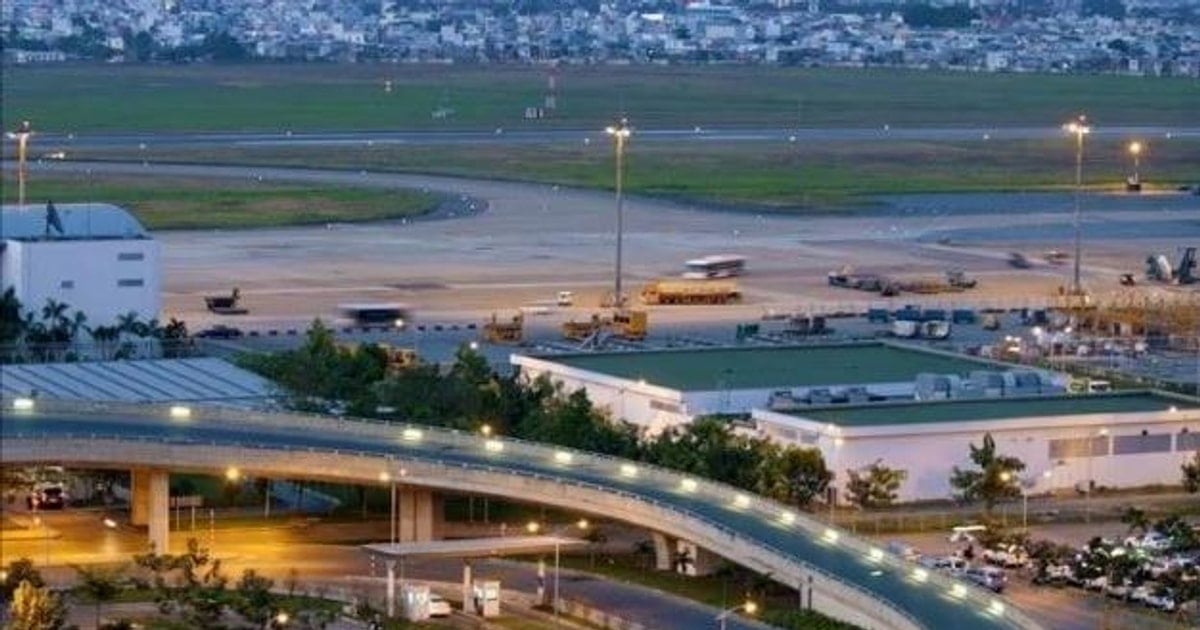


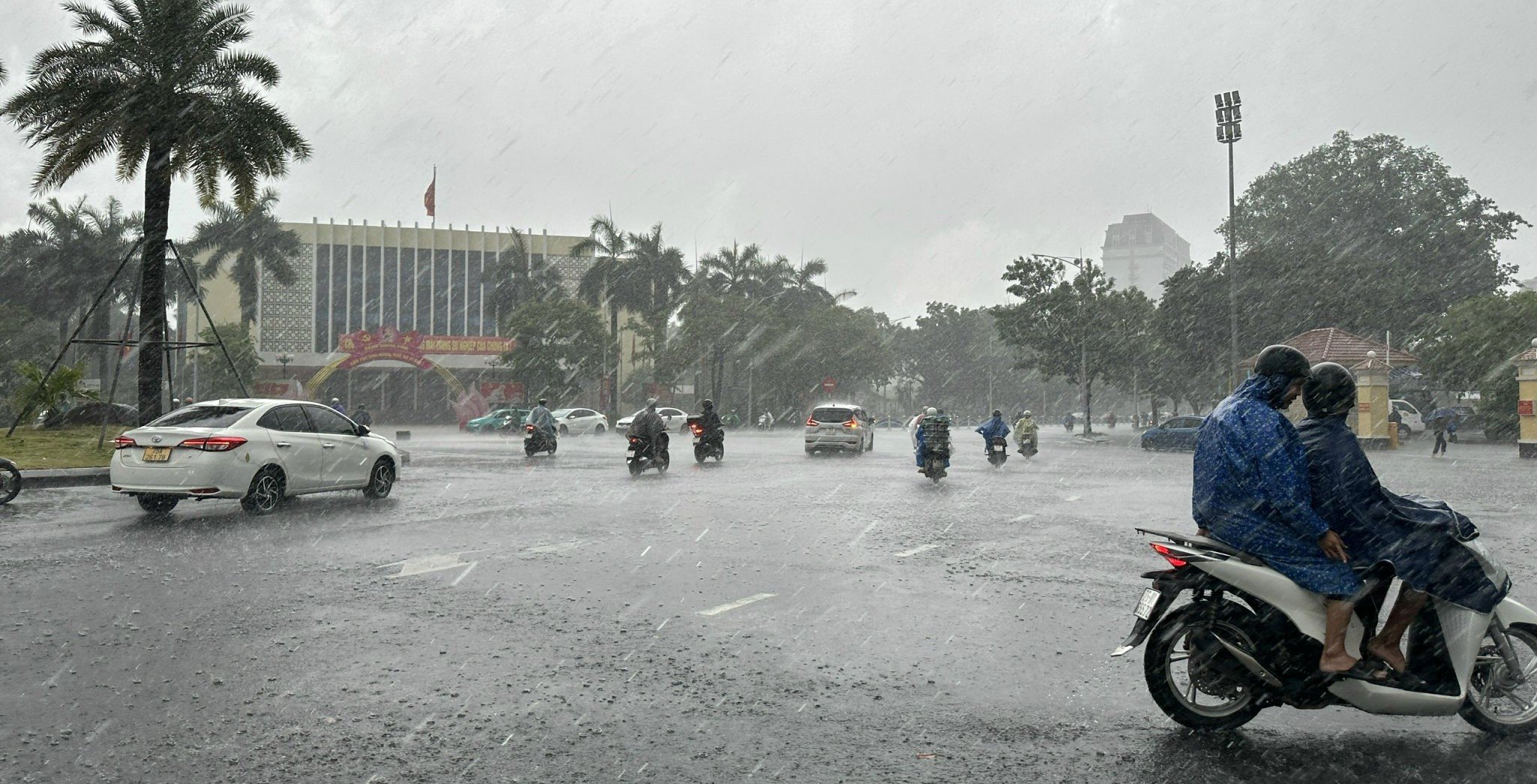

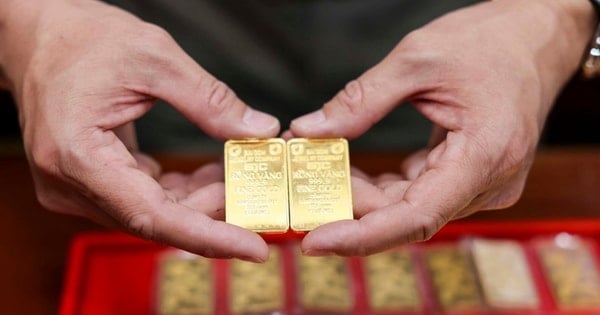
















Comment (0)